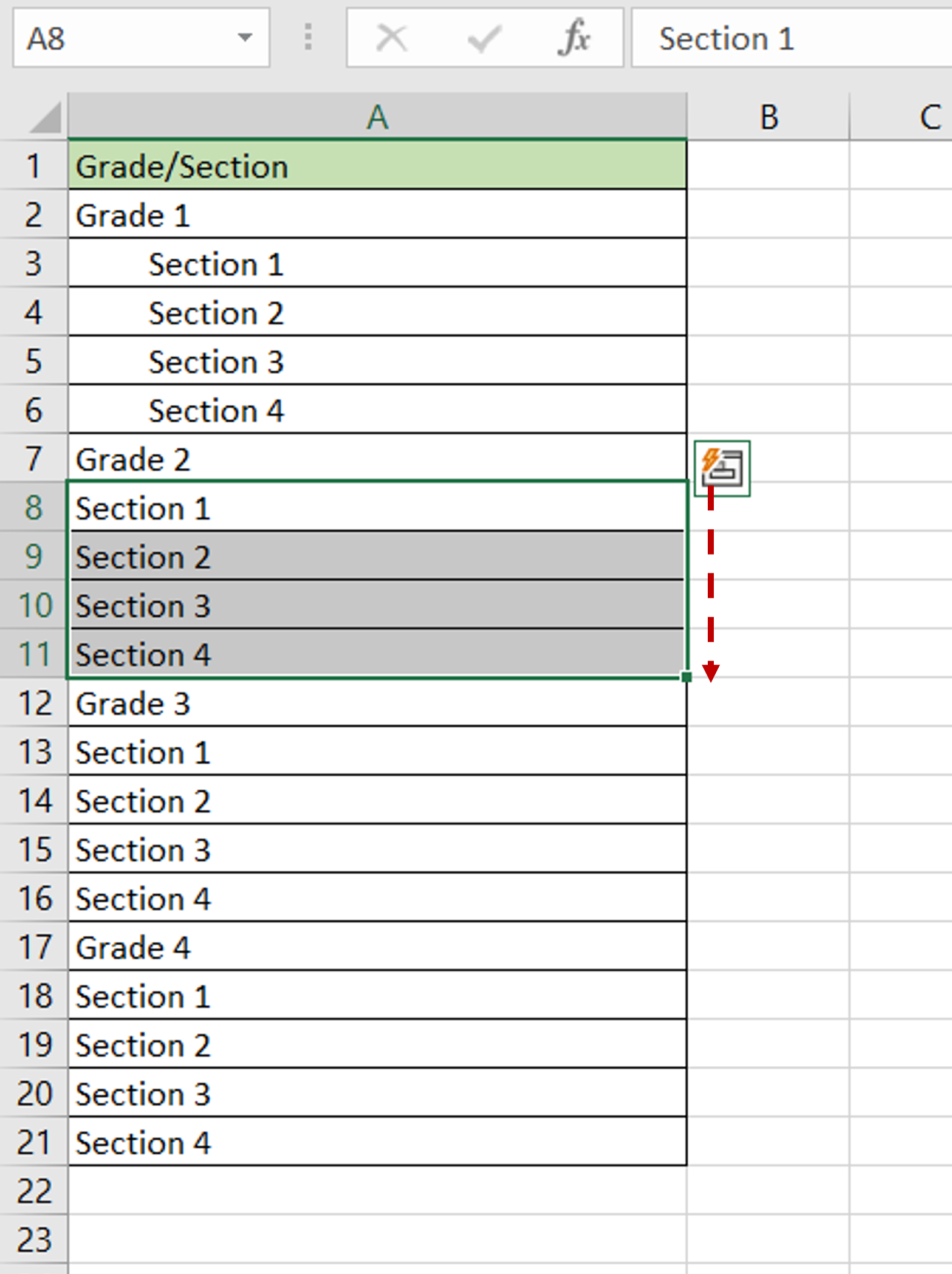8125 As A Fraction: 3 Ways

Mathematics is a vast and intriguing field, offering a multitude of ways to represent numbers and their relationships. One such representation is converting a decimal number into a fraction, which can provide valuable insights into the underlying structure of numbers. In this article, we will explore the decimal number 8125 and discover three unique ways to express it as a fraction.
Unveiling the Fractional Representation of 8125

The decimal number 8125 is an interesting value, and converting it into a fraction allows us to explore its hidden properties. By breaking it down into its constituent parts, we can gain a deeper understanding of its mathematical nature. Here, we present three distinct methods to express 8125 as a fraction, each offering a different perspective on this numerical value.
Method 1: Long Division and Simplification
One traditional approach to converting a decimal number into a fraction is through long division. This method involves dividing the decimal by a suitable power of ten until the remainder is zero or a pattern emerges. Here’s how we can express 8125 as a fraction using this technique:
- Start by setting up the long division: 8125 ÷ 1
- Divide 1 into 8 to get a quotient of 8 and a remainder of 1.
- Bring down the next digit, resulting in 125 ÷ 1.
- Divide 1 into 125 to get a quotient of 125 and no remainder.
- Thus, the fraction representation is 8125/1, which simplifies to 8125 as there is no further simplification needed.
Therefore, the first method gives us the fraction 8125/1, which is equivalent to the original decimal value.
Method 2: Fraction Conversion Using Place Value
Another approach to converting a decimal into a fraction is by utilizing the place value system. This method involves recognizing the position of the decimal point and converting each digit accordingly. Let’s apply this method to 8125:
- Identify the position of the decimal point in 8125. In this case, there is no decimal point, so we can assume it's at the end, making the number a whole number.
- Write the fraction with the number as the numerator and the place value as the denominator. For 8125, the fraction would be 8125/1.
- Simplify the fraction, if needed. In this case, 8125/1 simplifies to 8125 as there is no common factor between the numerator and denominator.
Hence, the second method also provides us with the fraction 8125/1, reinforcing the whole number nature of the original decimal.
Method 3: Prime Factorization and Simplification
A more advanced method to convert a decimal into a fraction involves prime factorization. This technique requires breaking down the decimal into its prime factors and then simplifying the resulting fraction. Let’s apply this method to 8125:
- Find the prime factors of 8125. The prime factorization of 8125 is 5 x 5 x 5 x 5 x 5 or 55.
- Write the fraction with the prime factors as the numerator and denominator. For 8125, the fraction is (5 x 5 x 5 x 5 x 5)/1 or 55/1.
- Simplify the fraction, if possible. In this case, there is no further simplification needed, so the final fraction remains 55/1.
Therefore, the third method provides us with the fraction 55/1, which is an exponential representation of 8125 as a fraction.
| Method | Fraction |
|---|---|
| Long Division | 8125/1 |
| Place Value | 8125/1 |
| Prime Factorization | 55/1 |

Conclusion

Converting a decimal number into a fraction is an intriguing mathematical exercise that allows us to explore the hidden properties of numbers. In this article, we discovered three unique methods to express the decimal 8125 as a fraction. Each method provided a different perspective, enriching our understanding of this numerical value. Whether through long division, place value, or prime factorization, the conversion process reveals the beauty and complexity of mathematics.
Frequently Asked Questions
Can all decimal numbers be converted into fractions using these methods?
+Yes, these methods can be applied to convert any decimal number into a fraction. However, the fraction representation may not always be in its simplest form, and further simplification might be required.
Why is it important to convert decimals into fractions?
+Converting decimals into fractions allows us to understand the underlying structure of numbers and makes it easier to perform calculations and compare values. Fractions provide a more precise representation and facilitate operations like addition, subtraction, and multiplication.
Are there any limitations to these conversion methods?
+While these methods are effective for most decimal numbers, they may not always provide the simplest fraction representation. In some cases, further simplification or additional techniques might be required to obtain the most reduced form of the fraction.



